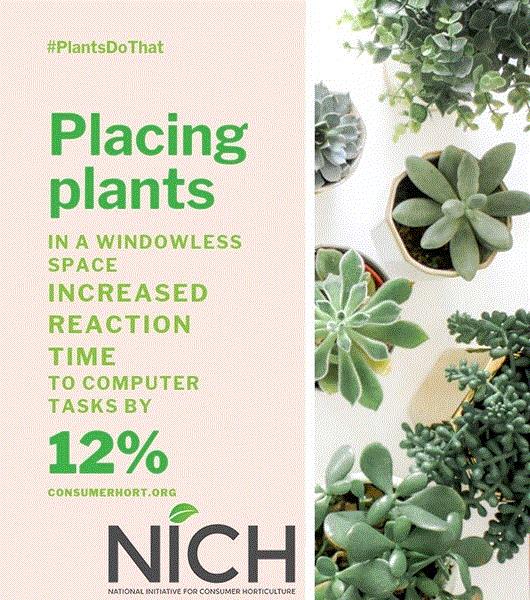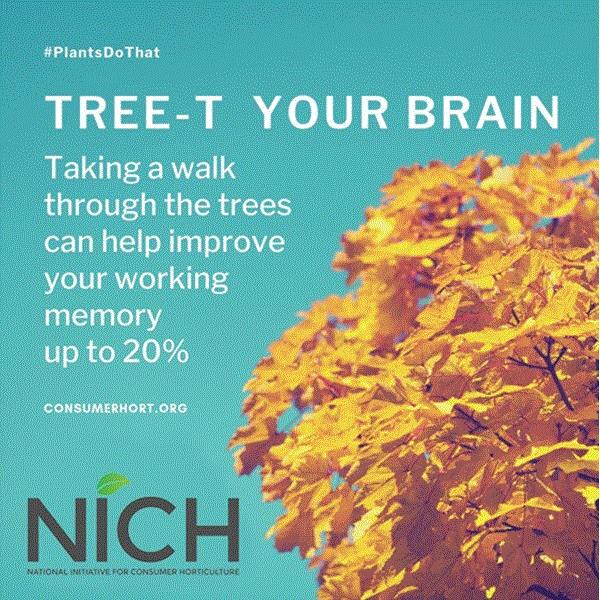Royal FloraHolland to Require Environmental Certification
Royal FloraHolland, which has been called the Wall Street of flowers for its position as a floral auction company, has announced that it will require all growers (both members and non-members) to have an environmental certification in order to supply flowers and plants to their marketplace.
In a company news release, CEO Steven van Schilfgaarde said, "Sustainability is one of the pillars of Royal FloraHolland's strategy. It offers our members opportunities to strengthen their competitive position and helps to make our marketplace and sector future-proof. The market demands transparency in relation to production and operations."
They’ve decided on a gradual transition. By the end of 2020, their suppliers will need a digital environmental registration. By the end of 2021, all suppliers will need to have a market-compliant environmental certificate. This could be an MPS certificate, but Royal FloraHolland has stipulated that there be at least one alternative to both the registration and certification outside of MPS. Eventually (no date has been set), they will require growers to meet all Foundation for Sustainability Innovation (FSI) sustainability standards, including social ones, in the floriculture industry.

Plants Do That?
The National Initiative for Consumer Horticulture (NICH) is here to help you promote plants and their goods and services. They created two fall plant promotional pieces that you can share and use as you’d like, including on social media or in print ads. Leave the NICH logo and add your own.


The two #PlantsDoThat fall pieces include one for tree lovers, and one for indoor plants. You can download them HERE.
Money for Organic Research
We hear that the USDA’s relocation of the National Institute for Food and Agriculture (NIFA), along with the Economic Research Service (ERS), from Washington D.C. to Kansas City has left a huge number of unfilled positions in both agencies. Nevertheless, NIFA just announced $24.1 million in grant funding for organic production research and the Organic Transitions Program.
There’s some speculation that with the relocation of the agency, grant money may be slow to get in the hands of grantees. According to this article, NIFA has 344 appropriated positions, and 264 of those are vacant. Many of the NIFA and ERA employees in D.C. chose to not make the move to Kansas City. However, the organic industry will have funding for sorely needed research, including organic hemp production.
Houseplants Part 1: The Good News
GrowIt! just released their 2020 Houseplant Report, compiling the most recent trends in the houseplant realm, using consumer preference data they collected from their 900,000 North America members.
A couple of interesting trends for you:
-
Echeveria is still the most uploaded succulent of all time on GrowIt!’s site, and while they have seen a decrease in the volume of uploads of that specific plant recently, succulents in general are on the rise.
-
Pothos is the most uploaded photo of 2019 thus far, and philodendron has generated the most comments.
-
The number one thing consumers are looking for when choosing a houseplant is vibrant colors/foliage.
-
At the bottom of the list of what folks look for in their houseplants: blooms, pet friendly, size, and air purification.
The report was underwritten by TPIE—an essential stop if you’re looking to keep up with tropicals and indoor plants. You can view the full report HERE.
Houseplants Part 2: The Bad News
Last week, the Journal of Exposure Science & Environmental Epidemiology published an article called “Potted plants do not improve indoor air quality: a review and analysis of reported VOC removal efficiencies.”
This article is a review of previously published studies on how plants clean air. But this time, the authors converted all the results into something called “clean air delivery rates,” or CADR. They concluded that you’d need 10 to 1,000 plants per square meter in a building to remove the same amount of VOC air pollutants as a normal building’s ventilation system does through air exchange.
Now, that doesn’t mean that plants don’t improve air quality, nor does it mean that prior research was wrong. But the groundbreaking research by NASA in 1989 and those that followed typically took place in a vacuum—that is, a vacuum chamber. It wasn’t the equivalent of your living room or office space. Simply put, according to their calculations, fresh air exchange is better at cleaning the air. But yes, plants do clean the air. And the authors of the new study, Bryan E. Cummings and Michael S. Waring of Drexel University in Philadelphia, write that “Future experiments should shift the focus from potted plants’ (in)abilities to passively clean indoor air, and instead investigate VOC uptake mechanisms, alternative biofiltration technologies, biophilic productivity and well-being benefits, or negative impacts of other plant-sourced emissions, which must be assessed by rigorous field work accounting for important indoor processes.”
How does this affect consumers? Well, if you look at the 2020 Houseplants Report above, the air-purification power of houseplants was low on the list of what consumers look for in plants. So maybe they don’t care that much. But, the bad news is that this research article is already making the rounds in places like Newsweek (“Your Houseplants Aren’t Actually Improving the Air Quality in Your Home”), and if you only read the headline, you might think that the green industry was touting misinformation about its products. You can counter that by being fully informed on this research and the limits of it. And don’t forget, there’s a ton of other research that backs up a multitude of other benefits of plants.
And to be perfectly honest, even if my houseplants maybe don’t have a huge impact on the CADR, I still feel better knowing they’re doing their photosynthesis thing over there in the corner. I haven’t lost faith in their superpowers, even if the fresh mountain air is doing boatloads of good.
P.S. Am I missing any important points here? Let me know what you think. Jwhite@ballpublishing.com




Until next time,

Jennifer Duffield White
jwhite@ballpublishing.com
This email received by 22,233 loyal readers!
Want to be one of the lucky sponsors who reach those readers of GreenTalks? Drop Paul Black a line and he’ll tell you what a bargain it is!
GreenTalks® is a registered trademark of Ball Horticultural Company in the U.S.